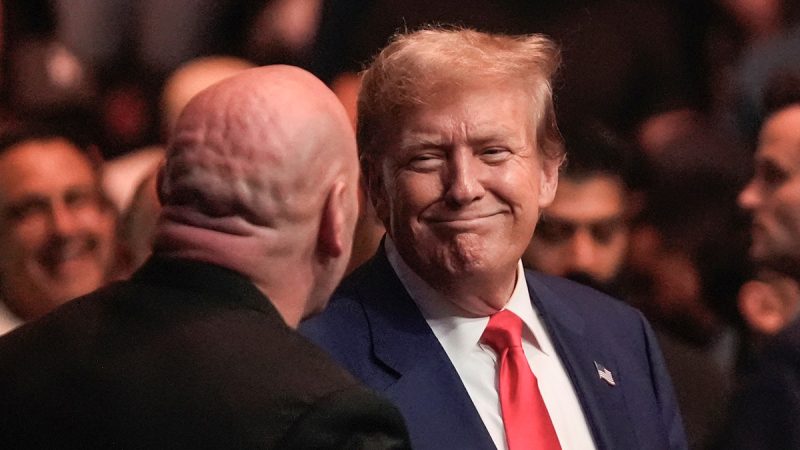Trump Joins TikTok: The App He Once Tried to Ban as President
Former President Donald Trump has made waves once again with his unexpected decision to join the social media platform TikTok, a move that comes as a stark contrast to his previous attempts to ban the app in the United States during his presidency. The news of Trump’s presence on TikTok has sparked mixed reactions from the public, with many expressing surprise and curiosity at his sudden embrace of the platform he once sought to eliminate.
Trump’s foray into TikTok serves as a testament to the evolving nature of social media and its role in shaping public discourse. Throughout his tenure in office, Trump leveraged social media platforms such as Twitter to communicate directly with his supporters and bypass traditional media channels. His unfiltered and often controversial tweets garnered widespread attention and fueled discussions on a variety of topics.
However, Trump’s relationship with TikTok took a different turn in 2020 when he sought to ban the app over concerns regarding national security and data privacy. The proposed ban sparked a debate about the extent of government intervention in the tech sector and raised questions about the power dynamics between political leaders and social media companies.
Despite his previous stance on TikTok, Trump’s decision to join the platform underscores the continuing influence of social media in shaping political narratives and engaging with diverse audiences. By embracing TikTok, Trump is positioning himself to reach a younger demographic and engage with users in a more interactive and informal manner.
As Trump begins to navigate the world of TikTok, it remains to be seen how his presence will be received by the platform’s existing user base, many of whom may have opposing political views. The convergence of Trump and TikTok represents a collision of two distinct worlds, each with its own norms, values, and modes of communication.
In conclusion, Trump’s unexpected entry into TikTok marks a significant development in the ongoing interplay between politics and social media. By joining a platform he once sought to ban, Trump is sending a message about the evolving landscape of digital communication and the need for public figures to adapt to changing technologies and audiences. As the conversation around Trump’s TikTok presence continues to unfold, it serves as a reminder of the complex and dynamic relationship between power, technology, and public discourse in the digital age.

